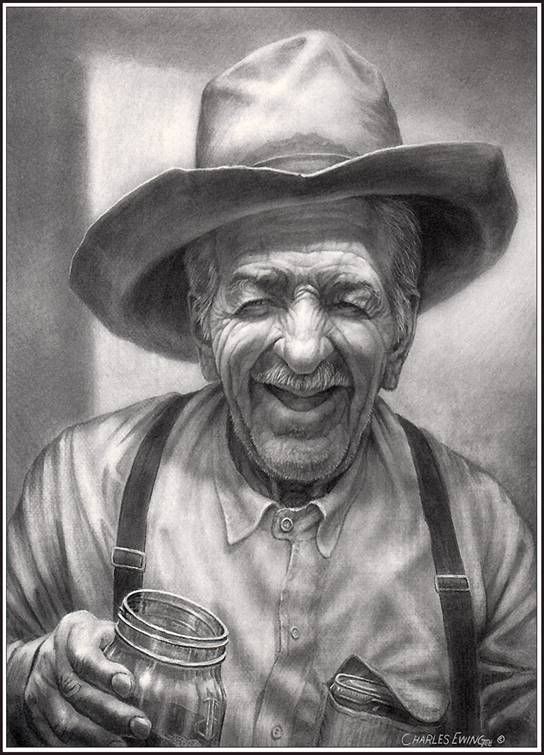Top_Speed1
Panama Canal Crosser
Since I said with 50 other options, that makes the TPM = $520. I think my life is worth $520, maybe not $521 thoWow, a $26,000 Tire Pressure Monitoring System!! Whadda bargain!!!

Since I said with 50 other options, that makes the TPM = $520. I think my life is worth $520, maybe not $521 thoWow, a $26,000 Tire Pressure Monitoring System!! Whadda bargain!!!





Even in places like Colorado. You get these cold fronts from Canada (Blame Canada...). 70F degrees at 11:00 AM, 0F by 6:00 PM and -20 the next morning.Used to live in Fairbanks. Our garage was heated because we had a 300 gallon water tank in there. We had to keep it at 55 degrees or the furnace would not function. So imagine what it was like when we drove a car in or out in -45 degree weather. An instant 100 degree temperature change. We had to run nitrogen in the tires or the tire pressure system would go nuts.
For an ideal gas, a tire at 32 psi at 55 °F would end out at 25.8 psi at -45 °F. There is almost no difference in behavior between DRY nitrogen and DRY air. The biggest issue is that air from most compressors contains varying amounts of water vapor. At 55 °F, the water vapor may have a significant partial pressure (depends on degree of water saturation at that temperature and pressure) that contributes to the net pressure in the tire. At very low temperatures, the water will condense and freeze and will have VERY little contribution to the net pressure in the tire. Note: This is why you should use dry air when filling tires and also why you should be careful to minimize the amount of water-based tire snot getting into the tires when you mount them.Used to live in Fairbanks. Our garage was heated because we had a 300 gallon water tank in there. We had to keep it at 55 degrees or the furnace would not function. So imagine what it was like when we drove a car in or out in -45 degree weather. An instant 100 degree temperature change. We had to run nitrogen in the tires or the tire pressure system would go nuts.
Yes. If -- the pump is tankless and it's January.The air at gas stations...dry?
VERY rare....The air at gas stations...dry?
Hey old-timer! Today, (nowadays) you drop some coins into a little box, push a button, and a small compressor runs and might inflate your tire, before time runs out. Moisture control is not part of the equation, and neither is a tank. I too remember when service stations had tools, mechanics, lifts and service. LOL.VERY rare....The air at gas stations...dry?
I spent a lot of times in my teens working as a pump-jockey. Besides cleaning windshields, checking oil, pumping 'tane and sweeping up, I was often tasked to "empty" the shop's compressor tanks. It was amazing how much water would build up inside those things in a week's time. If one waited more than 9-10 day, water would come spitting out the station's air hoses, it was so bad.
I imagine nowadays, in this day and age of self-serves, tanks probably never get emptied.

There is truth to this.... all my years in OEM automotive.... Goodyear said their tires lose 1 psi per month on a car. I suspect all manufacturers differ in their tire "porosity" but it is not unusual for one to lose a pound or two in a bike tire in a week or so. They don't hold nearly the air that car tires do and thus any small loss is seen as a larger PSI drop........ bottom line, check your tire pressures at least weekly. I use a TPMS (Doran) where you can easily check tire pressures without tools.Even in places like Colorado. You get these cold fronts from Canada (Blame Canada...). 70F degrees at 11:00 AM, 0F by 6:00 PM and -20 the next morning.Used to live in Fairbanks. Our garage was heated because we had a 300 gallon water tank in there. We had to keep it at 55 degrees or the furnace would not function. So imagine what it was like when we drove a car in or out in -45 degree weather. An instant 100 degree temperature change. We had to run nitrogen in the tires or the tire pressure system would go nuts.
But here's another factor nobody has mentioned: Make/model of tire. Let me 'splain:
My airplane (like most small planes) has tube type tires. The tires are Goodyear (wildly common). Tire pressures: 2.5 bar (36 psi) and 2.0 bar (29 psi) in the mains and nose wheel, respectively. The plane also came with Goodyear tubes. The compound Goodyear uses in their tubes is such that you had to add air every 2-3 weeks. I replaced these with Michelin tubes. Now it's months between needing to add air.
This is information that is not available to you when you buy tires for bikes. I don't know how one might find this out: What is the diffusion behavior of the tires you're buying?
To put some balance to all this: Your tires heat up while riding and the pressure therefore increases. AND for those who are traveling mountainous areas, there is a decrease/increase of roughly 1 psi for each 2,000 vertical feet one ascends/descends, respectively. Doesn't seem like a big deal unless you drove from Whidbey Island, WA to the top of the highway in Rocky Mountain National Park, like I did a couple of years ago. That's worth 7 psig increase in pressure. So there is some natural variation in the psig pressure (which is what your gauge really measures) all the time.